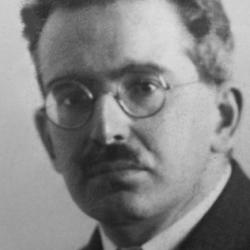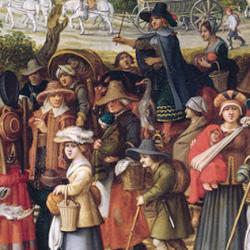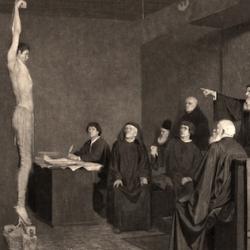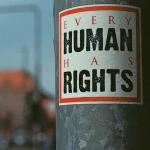William Stuntz’s Collapse of American Criminal Justice is as relentless as a prosecutor’s closing. His main charge is that American criminal justice has become a preserve of arbitrary discretionary power.
Speed limits offer a simple opening example. Everyone knows that the posted speed limits are not the real speed limits. The speed limit is actually determined by “whatever police force patrols the relevant road. Law enforcers—state troopers and local cops—define the laws they enforce” (3). That allows cops to be “selectively severe” and also gives them the liberty to stop drivers arbitrarily in order to investigate the possibility of other crimes.
Stuntz draws the larger conclusion: “Because nearly all drivers violate traffic laws, those laws have ceased to function on the nation’s highways and local roads. Too much law amounts to no law at all: when legal doctrine makes everyone an offender, the relevant offenses have no meaning independent of law enforcers’ will. The formal rule of law yields the functional rule of official discretion” (3).
He sees the same pattern in the enforcement of drug and gun laws, but also in high profile cases like Martha Stewart’s conviction for insider trading, a charge that could not be proven but didn’t prevent the court from putting her away for a while. People are not prosecuted for the crimes they actually commit; prosecutors go for low-hanging fruit, with the law assisting by defining “a menu of options for police officers and prosecutors to use as they see fit” (4).
Stuntz links arbitrary enforcement to discrimination: “Ten percent of black adults use illegal drugs; 9 percent of white adults” do. Yet, “Blacks are nine times more likely than whites . . . to serve prison sentences for drug crimes” (4).
Part of the problem, he argues, is that the vaunted American tradition of local enforcement of criminal law is no longer working in practice. That is due to a number of social and legal shifts: Many live in neighborhoods that are not threatened by crime, but they vote about law enforcement in crime-ridden neighborhoods; suburban voters thus “exercise more power over urban criminal justice than in the past” (7). Jury trials have become rare, and this “shifts power from the local citizens who sit in jury boxes to the less visible district attorneys who decide whom to punish, and how severely”—and who decide with an eye to an upcoming election. Finally, Congress and federal courts have taken over more criminal law, and that means “a locally run justice system grew less localized, more centralized.” As a result of these shifts, the residents of poor, dangerous neighborhoods have less say over the law than they used to have. Stuntz argues that there is a correlation between the loss of local control over police and prosecutors and the collapse of the rule of law, the rise of discrimination, and the oscillation of punishment between laxity and severity.















